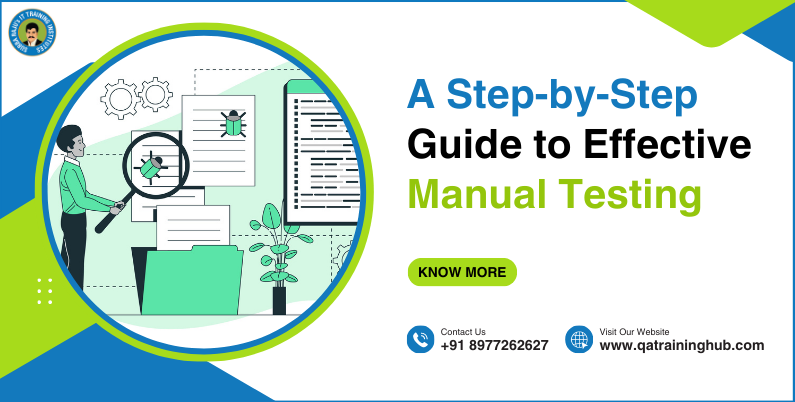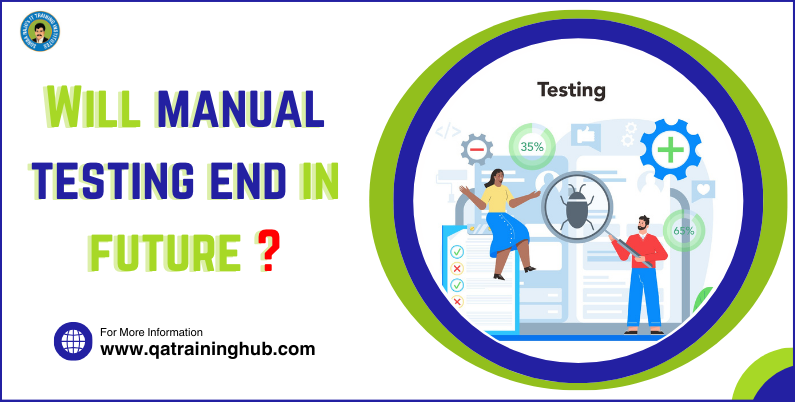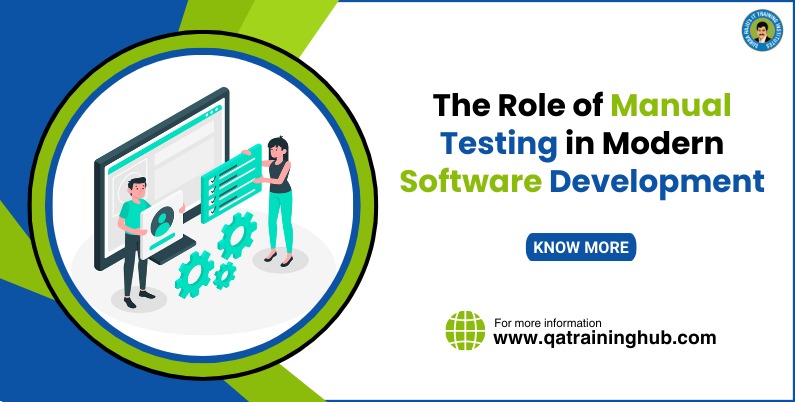
Effective Manual Testing: A Step-by-Step Guide to Achieving Software Quality
Manual testing plays a crucial role in ensuring the quality and reliability of the final product. While automated testing has gained popularity for its efficiency, manual testing remains an essential component of the testing process. Among the various testing methodologies, manual testing remains a cornerstone in the process of identifying bugs, errors, and usability issues that could compromise the user experience. In this comprehensive guide, we will explore a step-by-step guide to effective manual testing and achieving software quality.
Understanding Manual Testing:
Manual testing involves the execution of test cases by human testers without the use of automation tools. It requires testers to simulate real-world usage scenarios, interact with the application, and validate its behavior against predefined criteria. Manual testing is invaluable for uncovering defects that may go unnoticed by automated tests and assessing the overall user experience.
Step 1: Requirement Analysis
The first step in manual testing is to thoroughly understand the requirements and specifications of the software under test. Testers collaborate with key participants, including business analysts and developers, to gain a comprehensive understanding of the application’s features and functionalities. Clear communication and documentation are essential to ensure the clarity regarding testing objectives.
Step 2: Test Planning
Once the requirements are understood, testers develop a test plan that outlines the scope, objectives, and methodology of manual testing. This plan details the testing tasks, necessary resources, and timeframe for completion. Test planning ensures that testing activities are structured, coordinated, and in line with project objectives, enhancing efficiency and effectiveness.
Step 3: Test Case Design
With the test plan in place, testers design test cases based on the documented requirements. Test cases outline the inputs, actions, and expected outcomes for each test scenario. Test case design involves identifying test scenarios, determining test inputs and preconditions, and specifying expected results. Well-designed test cases facilitate thorough testing and efficient defect identification.
Step 4: Test Execution
Test execution means running test cases on the software. Testers follow these cases, input data, take actions, and see how the application behaves. They check if the application works as intended, if the data is correct, and if it meets the requirements. Test results, including any problems found during testing, are recorded.
Step 5: Defect Reporting
As defects are identified during test execution, testers document them in a defect tracking system. Each defect is assigned a unique identifier and categorized based on severity, priority, and impact. Detailed defect reports include information such as steps to reproduce, observed behavior, and expected behavior. Effective defect reporting facilitates communication and collaboration between testers and developers, ensuring timely resolution of issues.
Step 6: Defect Retesting and Finalizing Resolution
After defects are reported, developers investigate and address the issues identified by testers. Testers conduct defect retesting to verify that the reported issues have been resolved satisfactorily. Additionally, testers may perform re-examining testing to ensure that the fixes have not introduced any new defects or regressions. Upon successful retesting, defects are marked as resolved, and the testing cycle is closed.
Step 7: Test Documentation
Throughout the manual testing process, comprehensive documentation is maintained to capture all aspects of testing activities. This includes test plans, test cases, test execution reports, defect reports, and any other relevant objects. Test documentation serves as a valuable reference for future testing cycles, audits, and knowledge transfer, ensuring traceability and responsibility in the testing process.
Step 8: Continuous Improvement
Manual testing is an Repetitive process that thrives on continuous improvement and refinement. Testers regularly evaluate testing methodologies, techniques, and tools to identify opportunities for enhancement. By adopting a culture of continuous improvement, organizations can optimize their manual testing practices and deliver high-quality software products that meet or exceed customer expectations.
Conclusion:
At QA TrainingHub, we understand that manual testing is an essential aspect of software testing. By following a systematic and step-by-step guide to effective manual testing, testers can effectively identify defects, ensure software quality, and enhance the overall user experience. Through detailed planning, execution, and documentation, manual testing stands as a fundamental element in ensuring the delivery of reliable, robust, and user-centric software solutions. By effective manual testing, testers can contribute significantly to the success of software projects and drive continuous improvement in software quality and reliability.
Our commitment to continuous improvement drives us to explore new methodologies, techniques, and tools to enhance manual testing practices continually. As you begin on your journey to perfecting manual testing, remember that QA Training Hub is here to support you and provides step-by-step guide to effective manual testing. Whether you’re new to manual testing or looking to sharpen your skills, our expert trainers and comprehensive training programs are designed to equip you with the knowledge and practical experience needed to succeed.
Join us at QA Training Hub and unlock your abilities as a manual testing expert. Together, we’ll elevate the standards of software quality and reliability, one test at a time.







